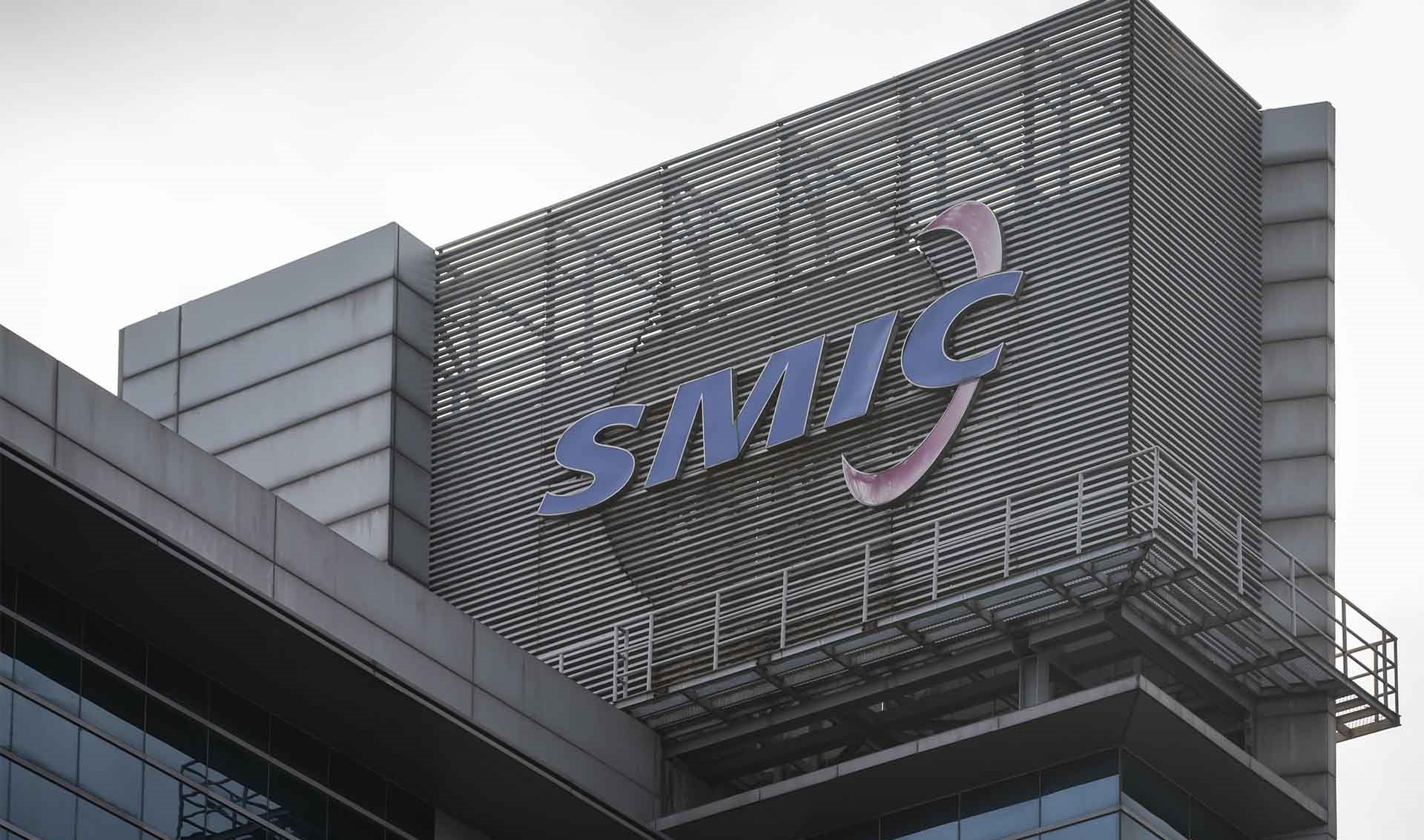 SMIC, China’s largest semiconductor manufacturer, may not be limited to the 7nm process anytime soon, as a new report indicates that the Chinese semiconductor is moving towards 5nm technology. However, instead of manufacturers using advanced EUV machines like TSMC, SMIC is forced to mass produce these ‘cutting edge’ chips on existing DUV equipment, which will likely become a costly venture for the company.
SMIC, China’s largest semiconductor manufacturer, may not be limited to the 7nm process anytime soon, as a new report indicates that the Chinese semiconductor is moving towards 5nm technology. However, instead of manufacturers using advanced EUV machines like TSMC, SMIC is forced to mass produce these ‘cutting edge’ chips on existing DUV equipment, which will likely become a costly venture for the company.5nm breakthrough from SMIC
While Huawei is expected to launch the P70, P70 Pro and P70 Art next year, the legacy Chinese giant needs to remain competitive with the market in terms of advanced silicon. Even though the Kirin 9000S is a 7nm SoC, it was still considered a groundbreaking achievement due to sanctions imposed by the US on both Huawei and SMIC. However, both companies need to be able to compete with TSMIC and Samsung to survive in this industry.
According to industry sources, the supply of parts for deep ultraviolet process (DUV) is said to be unable to keep up with the demand in China and this particular market is expected to grow further. In addition, it is reported that SMIC has prepared the 5nm process with DUV and the use of photomask is expected to increase further.
Since the US has banned companies such as Netherlands-based ASML from supplying next-generation EUV machines to China to stifle competition, SMIC has no choice but to continue the 5nm process using DUV equipment. SMIC’s use of DUV will result in lower efficiency and higher costs than EUV. The term yield here means the effective final product that will come out of the wafer.
The report does not address the expected yield of SMIC’s 5nm process using existing DUV hardware, but it is thought to be in the range of 30 to 40 percent. Although they are several generations behind the competition, China-based organizations have proven that they do not need to partner with US companies or any foreign elements to get ahead in chip production, although it may take years for SMIC to match TSMC and Samsung one-to-one.